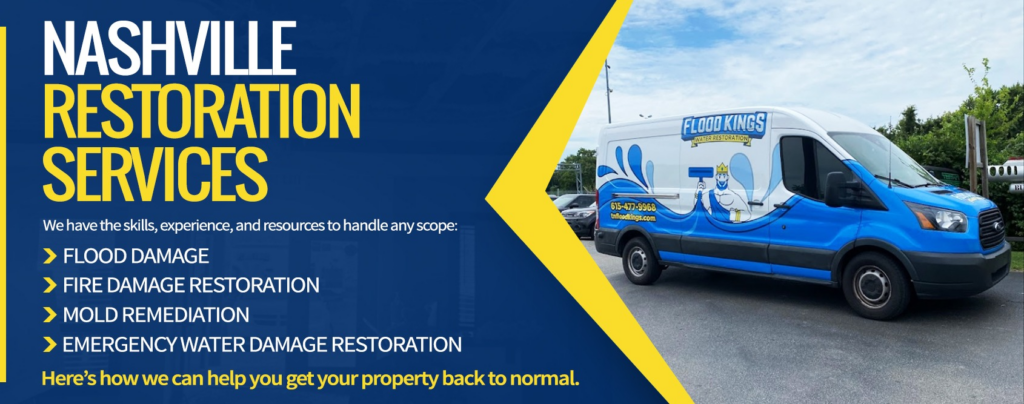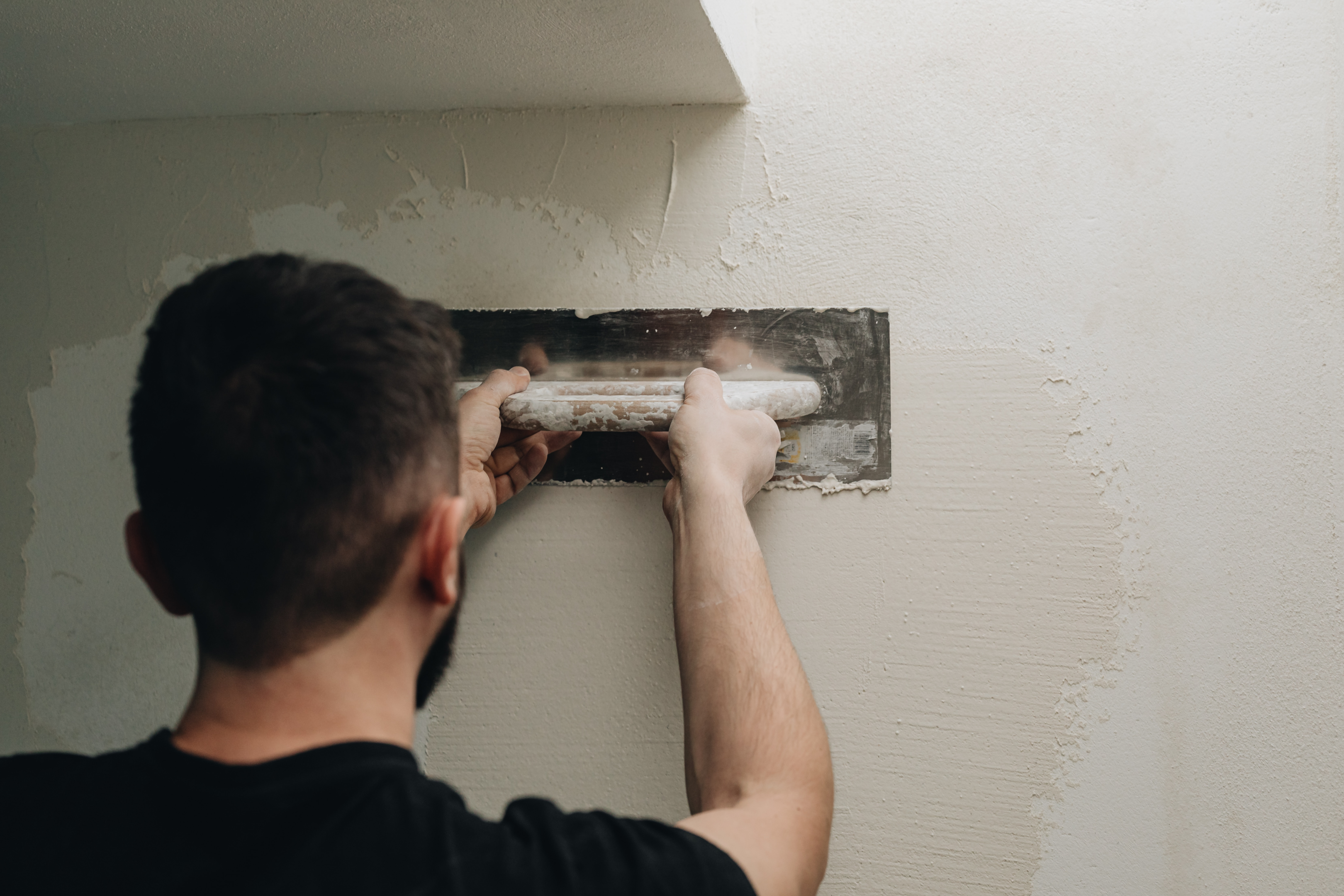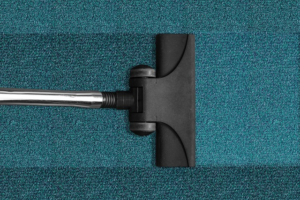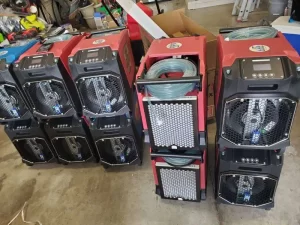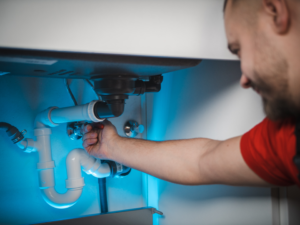Drywall is the most common wall material, and for good reason: it’s inexpensive, light, easy to install, and can last for years. Unfortunately, the answer to “Can water-damaged drywall be repaired?” is usually no — at least not all of it.
Drywall is quite porous, which means that wet drywall will retain moisture and potentially lead to severe mold infestations in your home. This means that any damaged drywall will need to be cut out and replaced.
The pros at TN Flood Kings can assist you with all aspects of drywall repair: we’re available 24/7 for a free consultation. We’ll guide you through the process and bill your insurance for applicable damage!
Causes of Drywall Water Damage
Drywall, being found all over your home, is vulnerable to several types of water damage.
Plumbing leaks: Leaky pipes in the walls can allow water to infiltrate the drywall, endangering its structural integrity and leading to damage. Drywall in rooms with faucets or water-using appliances, like bathrooms and kitchens, are particularly vulnerable, but a plumbing leak can happen anywhere.
Roof leaks: Your roof is a permeable structure on purpose: it has vents that allow air circulation. However, if one of these vents is accidentally exposed to the elements, it can let water trickle down through the attic and into the interior walls of your home. This is a particularly common culprit with aging roofs.
Storm damage and flooding: There are several ways that severe weather events can impact the interior of your home, including the drywall. High winds may pull shingles or flashing off the roof, exposing the vents and allowing water to infiltrate the building.
Flooding can lead to standing water, which soaks the drywall, particularly in the basement. If a recent storm has led to flooding in your home, call TN Flood Kings to ensure the issue is dealt with safely.
Foundation damage: Shifting foundations allows water to infiltrate the structure, leading to drywall water damage. Foundation problems should always be dealt with by professionals like TN Flood Kings.
Signs of Drywall Water Damage
Some of the most common signs that you need to replace water-damaged drywall include the following:
- Visible stains
- Bubbling or peeling paint
- Mold growth
- Musty odor
- Sagging drywall
Do You Need to Replace All the Drywall?
Thankfully, if only a tiny section of your drywall has gotten wet, you don’t have to replace the entire wall, just the spot that’s been damaged. This is a relatively easy DIY fix that you can do using materials from your local hardware store.
However, if the damage is extensive, or there are signs of mold growth, it may be best to have a professional restoration company, like TN Flood Kings, assess the situation. This is because water damage to the studs behind the wall can easily lead to severe structural damage over time.
When to Call Water Damage Restoration Services for Water-Damaged Drywall
If you notice drywall ceiling water damage, you should never try to tackle this yourself: the ceiling in the affected area could come down, potentially hurting someone and causing further damage to the entire structure.
Cordon off the damaged area and call TN Flood Kings as soon as possible to get a consultation.
How to Repair Water-Damaged Drywall
This is a fairly easy project that only needs a few tools. You’ll need the following:
- Protective gear: N95, gloves, safety goggles
- Stud finder
- Tape measure and pencil
- Utility knife
- Hammer
- Putty knife
- Joint compound
- Drywall tape
- New drywall
- Drywall screws or drywall clips
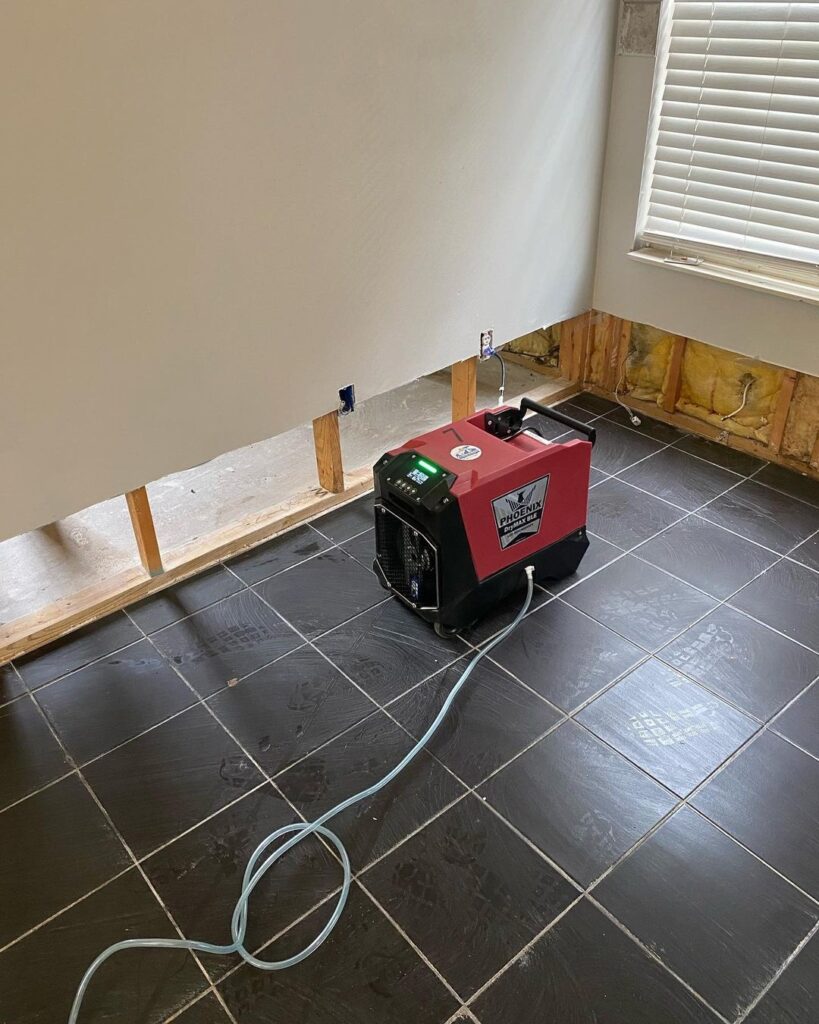
Resolve the Cause of the Damage
Before repairing drywall, you need to stop the underlying water issue.
For a leaky pipe or burst pipe, TN Flood Kings is always available. Call us as soon as you suspect a leak: we bill directly to insurance for the greatest peace of mind!
Dry the Area
Flip the circuit breakers to turn off electricity in the room and ensure the area is completely dry. Set up dehumidifiers and open the windows to improve air circulation and hasten evaporation. Aim a fan at the affected wall to get as much water out as possible.
For Very Small Areas, Use a Joint Compound
If you’re just repairing a small area, such as a gap between two drywall sheets, you can just use a joint compound, also known as drywall mud. This depends on the size of the hole: if you’ve got an area larger than a baseball, you’ll need to cut out the whole sheet rather than using the compound alone.
First, apply a layer of the joint compound using a putty knife, then scrape away the excess.
Cut and lay the tape along the drywall mud, pushing it in every foot so it adheres. Pull the knife down the edges and then the center to push out air bubbles. Let it sit overnight, then apply a second layer of mud before sanding and painting.
Cut Out the Water Damaged Drywall
With larger areas of water damage, you will need to cut out and replace the damaged portion. Mark out the area that you’ll need to replace, being sure to add a few inches from top to bottom.
Using the stud finder, identify the wall studs and mark them. You need to remove water-damaged drywall from stud to stud so that you can screw it into the wood.
Mark out the area and then score it with a utility knife. You can use a hammer to knock a hole into the piece of drywall, then pull up until you hit the score marks.
Place a New Drywall Sheet and Fasten it
Once you’ve cut out the damaged drywall, it’s time to hang the new sheet. There are two different ways that you can fasten the new piece of drywall: with four drywall clips or by screwing it into the studs with drywall screws.
While drywall clips are very handy, they do take a bit of practice to get right, so you may want to use the standard drywall screw instead. Be sure not to over-tighten the screws.
Use drywall mud between the joints to keep everything neat.
Sand, Seal, and Paint
Sand the walls to evenness, then apply sealant to the fresh drywall pieces. Sanding and sealing can help repel moisture and inhibit mold.
Finally, apply a new coat of paint, and you have some bright new walls!
How to Prevent Water Damage to Drywall
While repairing water-damaged drywall isn’t particularly arduous, it takes time away from your everyday life and can become expensive, especially if you need to replace full sheets. Thankfully, there are some tried and true ways to avoid drywall water damage so that you don’t have to repair your walls.
Repair even the tiniest water leak on time to prevent moisture damage to your wall, or call TN Flood Kings for help. You may find it helpful to invest in a moisture meter, which can help to identify any potential water issues behind your walls.
When painting your drywall or hanging new sheets, always use a sealing primer to help prevent water damage, as drywall is very porous.
Use dehumidifiers, particularly during muggy Tennessee summers and in the basement. If you notice any sign of mold, seek certified mold restoration services to prevent health risks.
Need More Help? Reach Out to TN Flood Kings 24/7 for a Free Consultation!
Whether you have water stains or a burst pipe, we’re here 24/7 and ready to help. Call today for a free estimate from one of our IICRC-certified technicians!
